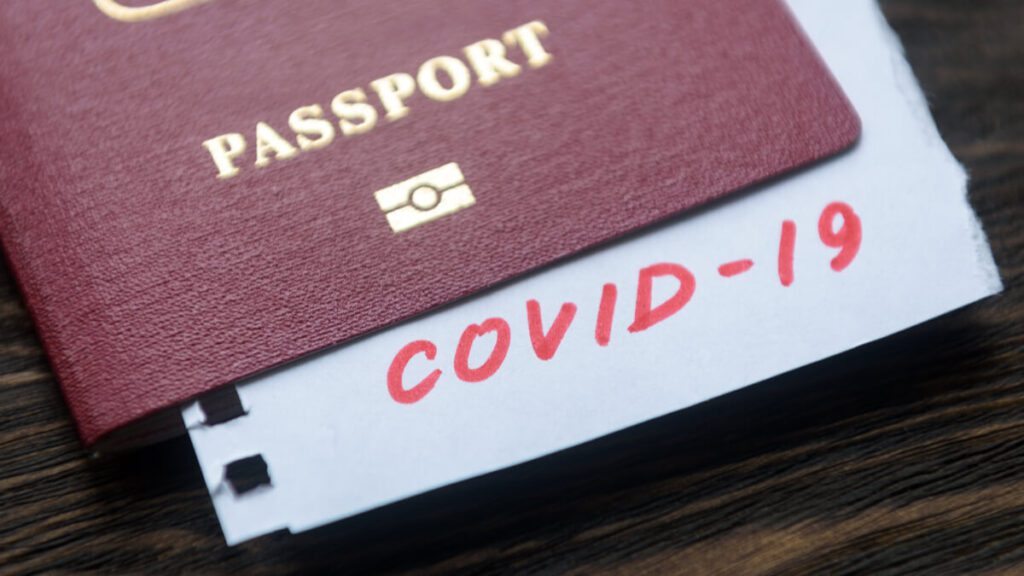
Inadequate planning of opening borders could have a negative impact on a country. The tourism and aviation industries have undoubtedly been the most aware of this fact. However, keeping the borders closed can have equally adverse effects on a nation’s economic and cultural growth.
This is not the same for every country. It is up to the decision makers to weigh the benefits against the possible risks. Decisions will have to be made based on how valuable a certain kind of traveler is compared to the risk they pose. A clear, methodical approach must be taken in order to assure countries can safely open borders during COVID-19.
A way around this hurdle is to imbed the safety mechanisms into airports and long-distance transit stations themselves. In a similar fashion to contact tracing safety ratings, transport can be categorized using appropriate color coding to indicate risk levels. This can range from low-risk one-time testing, medium-risk testing on both ends of the trip, which can vary according to travel route and number of stops and high-risk level, whereby passengers will have to undergo a 1 to 2-week quarantine upon arrival to their destination.
This can be facilitated by big data and deep learning systems that have been in the works and accelerated since the pandemic began; by assessing the virus-related data collected through various means, officials can then decide whether a passenger is in need of a 2-week quarantine after landing.
The risks involved are mainly related to a passenger’s country of origin and that county’s overall management of COVID-19. Welcoming a university student from a country with a population of 10 million with 500,000 active cases may not be such a good idea. And even if a country’s case counts are low, there’s no telling when another outbreak might occur.
These measures will not eradicate the risks completely, but it will help governments mitigate the spread of the virus, enabling them to open borders during COVID-19 more safely and securely.
This requires collaboration and secure information sharing among all participants, which could put the international community in a precarious situation. A country’s data and national security may be put at risk. A unified collaboration among governments, economic, tech and healthcare sectors must be encouraged for any country wishing to open their borders again.